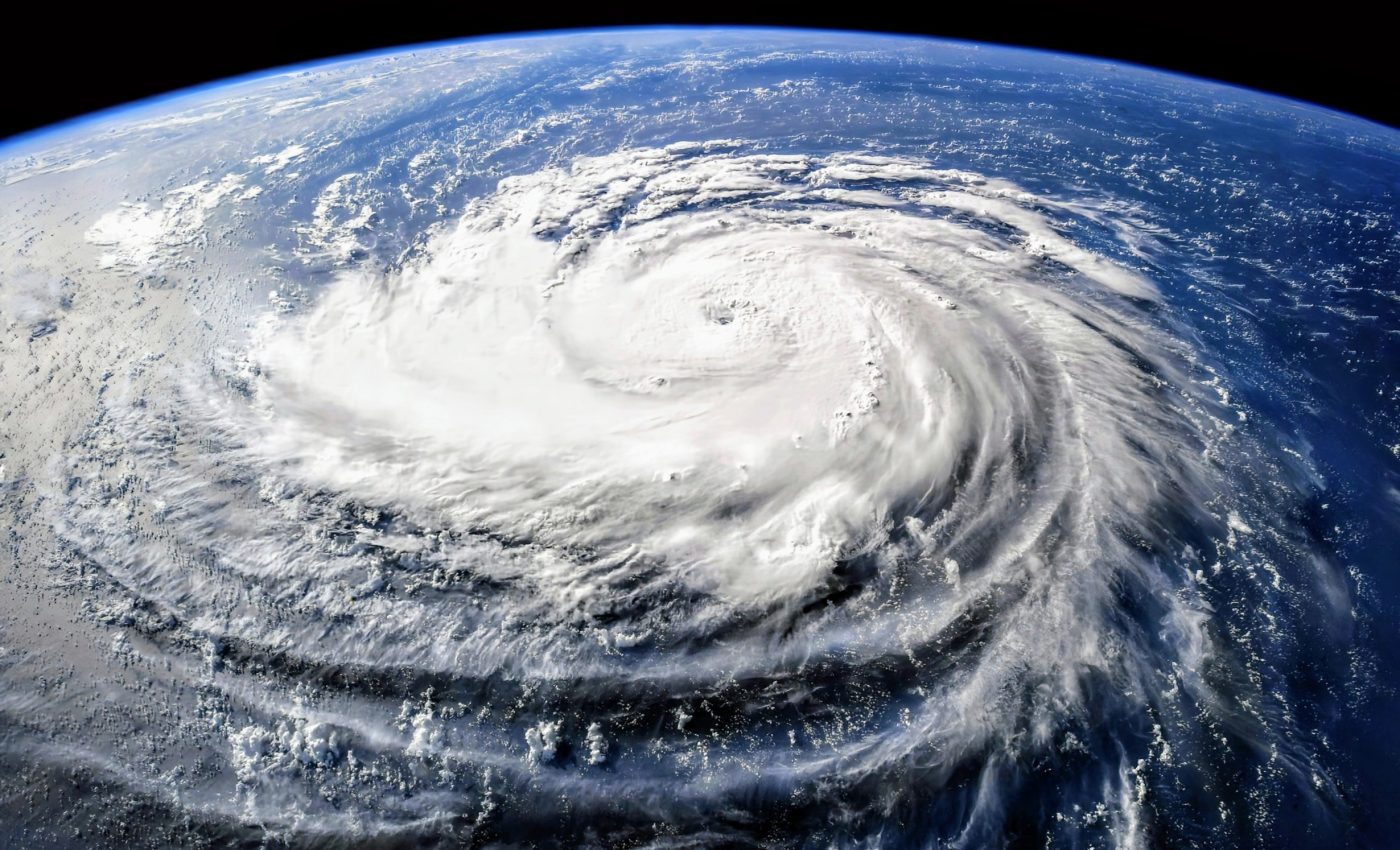
Climate change has amplified hurricane strength
Human-caused climate change has intensified the strength of Atlantic hurricanes by about 18 miles per hour (29 kilometers per hour) over the past six years, according to a recent study.
For most of the 40 storms analyzed, the extra energy from warmer oceans caused them to escalate by an entire hurricane category, as reported in the journal Environmental Research: Climate.
According to the National Oceanic and Atmospheric Administration (NOAA), a Category 5 storm causes more than 400 times the damage of a minimal Category 1 hurricane, over 140 times the damage of a minimal Category 3 hurricane, and more than five times the damage of a minimal Category 4 storm.
Significant increases in wind speed
For three storms, including this month’s Hurricane Rafael, climate change boosted wind speeds so much that they increased by two storm categories. According to the study authors, this is not about more storms but increasing power from the worst storms.
“We know that the intensity of these storms is causing a lot more catastrophic damage in general,” said lead author Daniel Gilford, a climate scientist at Climate Central, which conducts research on global warming. “Damages do scale (up) with the intensity.”
Hurricane strength in a warmer climate
The effect was especially noticeable in more powerful storms, including those that reached the top of the Saffir-Simpson scale of storm intensity: Category Five, according to the study’s authors.
While the study focused on storms from 2019 to 2023, the researchers included recent named storms from this year, all of which experienced an increase due to climate change.
“We had two Category Five storms here in 2024,” Gilford said. “Our analysis shows that we would have had zero Category Five storms without human-caused climate change.”
Notable hurricanes that gained strength
This year’s three most devastating storms – Beryl, Helene, and Milton – increased by 18 mph (29 kph), 16 mph (26 kph), and 24 mph (39 kph) respectively because of climate change, the authors stated.
A separate study by World Weather Attribution (WWA) found that deadly Helene’s wind speed increased by about 13 mph, which is close, noted Imperial College London climate scientist Friederike Otto, who coordinates the WWA team and praised the Climate Central work.
“It absolutely makes sense from a fundamental standpoint that what’s going on is we’ve added more energy to the system,” NOAA chief Rick Spinrad said at United Nations climate talks in Baku, Azerbaijan.
“The change is going to manifest in terms of what we’re already seeing. You look at Hurricane Helene which was massive, 500 miles across. We’re going to see changes in terms of the velocity of these storms. We’re going to see changes in terms of Hurricane Milton spawning so many tornadoes.”
Consistent patterns over recent years
Since 2019, eight storms – 2019’s Humberto, 2020’s Zeta, 2021’s Sam and Larry, 2022’s Earl, 2023’s Franklin, and 2024’s Isaac and Rafael – have increased by at least 25 mph (40 kph) in wind speed. Humberto and Zeta saw the most significant gains, each increasing by 31 miles per hour (50 kph).
In 85% of the storms studied over the last six years, the authors observed a clear fingerprint of climate change in storm strength, Gilford said.
Warmer oceans and hurricane strength
Warm water is the main fuel for hurricanes. The warmer the Atlantic, Caribbean, and Gulf of Mexico become, the more potential energy is available for storms. Other factors – such as high-level crosswinds and dry air – can weaken hurricanes.
The waters in hurricane-prone areas have increased by 2 to 3 degrees Fahrenheit (1.1 to 1.6 degrees Celsius) on average, and by as much as 4 degrees Fahrenheit (2.2 degrees Celsius) due to climate change, Gilford explained.
Linking warmer water to stronger storms
This information comes from Climate Central’s use of scientifically accepted techniques to regularly track how much warmer oceans are due to the burning of coal, oil, and natural gas.
The experts use computer simulations to create a fictional world without human-caused warming and then compare it to current reality, attributing the differences to greenhouse gases.
They also account for other factors, such as the reduction of sulfate pollution from marine shipping, which had been slightly counteracting the warming before skies became clearer.
To understand how warmer waters lead to stronger storms, the authors examined a parameter called potential intensity, which is essentially the speed limit for any given storm based on the environmental conditions around it.
Expert insights and future implications
MIT hurricane expert and meteorology professor Kerry Emanuel, who pioneered potential intensity measurements, wasn’t part of the study but said the findings are logical. It demonstrates the increase in storm strength that he predicted would occur 37 years ago, he noted.
Previous studies have shown that climate change has caused hurricanes to intensify more quickly and move more slowly, leading to increased rainfall.
—–
Like what you read? Subscribe to our newsletter for engaging articles, exclusive content, and the latest updates.
Check us out on EarthSnap, a free app brought to you by Eric Ralls and Earth.com.
—–













